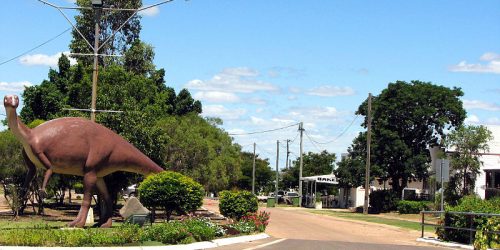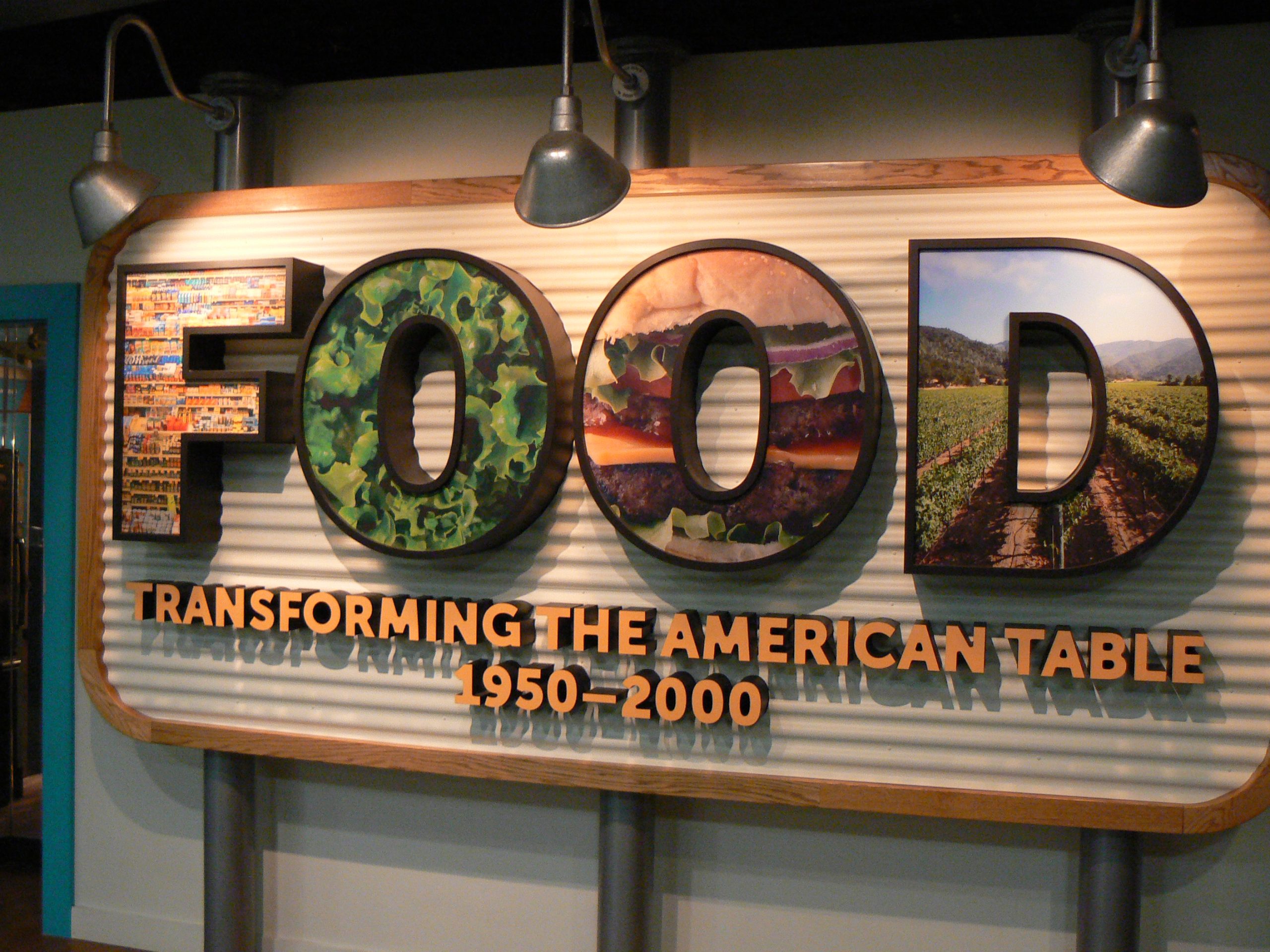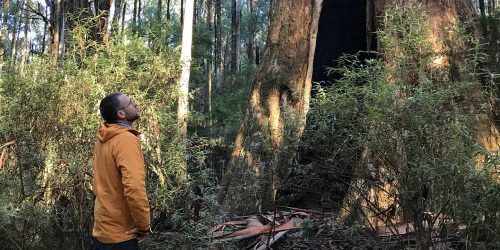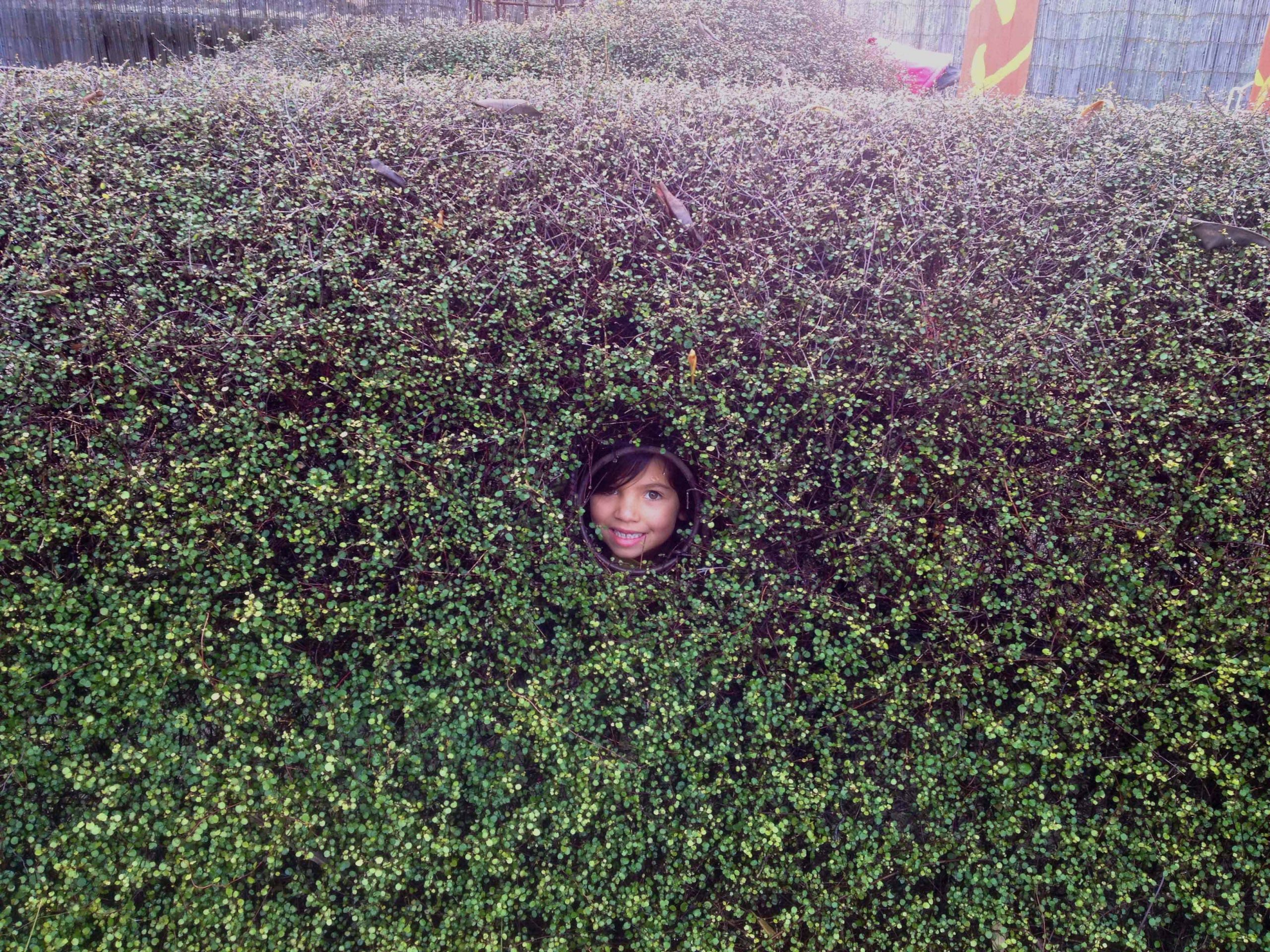What the new IPCC report doesn’t say
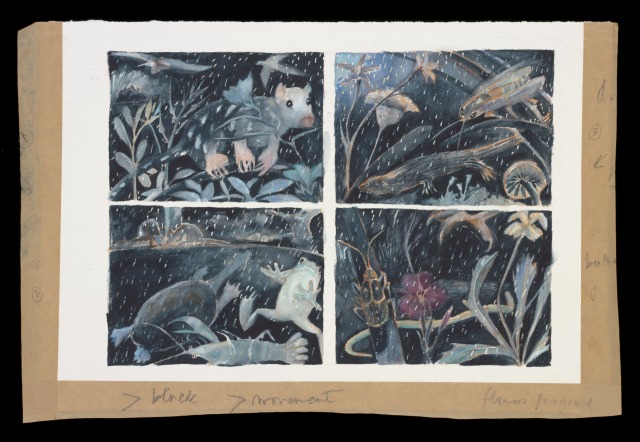
Cultural institutions like the National Museum of Australia specialise in storytelling. We use collections to engage people in conversations about the meanings and the emotional aspects of environmental and social change. The Diana Boyer collection, for example, contains remarkable artworks, some of which creatively link one Australian farmer’s detailed knowledge of local plant and animal species with the globalised dynamics of climate change.
Released today, the Fifth Assessment Report by the Intergovernment Panel on Climate Change tells us much about the physical realities of climate change, about its likely ecological and social impacts, about which geographical areas are most vulnerable, and about what people and governments can technically do to minimise the damage.
What the new report doesn’t say, and what science can’t tell us, is what these dramatic environmental transformations mean. What do the great disruptions of climate change mean for how we see ourselves, our societies, and the role of humanity within natural systems? What contribution have the stories that infuse modern, industrial society made in generating the phenomenon of climate change? What narratives do we need now to grasp its cultural and emotional implications, to imagine constructive ways to respond?
Artist and farmer Diana Boyer has grappled with these neglected dimensions of climate change by making art. Her animation ‘Time Change’ is a beautiful and unsettling reflection on the meanings of climate change for Australian farming, and for us all.
Read more about Diana Boyer and see her artworks on the Museum’s website.
